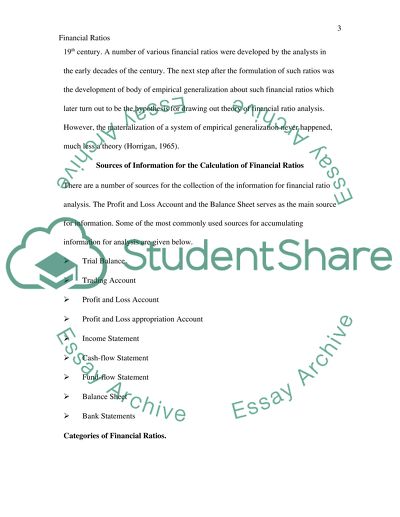Cite this document
(“Financial Ratios Essay Example | Topics and Well Written Essays - 1500 words”, n.d.)
Retrieved from https://studentshare.org/finance-accounting/1425833-financial-ratios
Retrieved from https://studentshare.org/finance-accounting/1425833-financial-ratios
(Financial Ratios Essay Example | Topics and Well Written Essays - 1500 Words)
https://studentshare.org/finance-accounting/1425833-financial-ratios.
https://studentshare.org/finance-accounting/1425833-financial-ratios.
“Financial Ratios Essay Example | Topics and Well Written Essays - 1500 Words”, n.d. https://studentshare.org/finance-accounting/1425833-financial-ratios.


